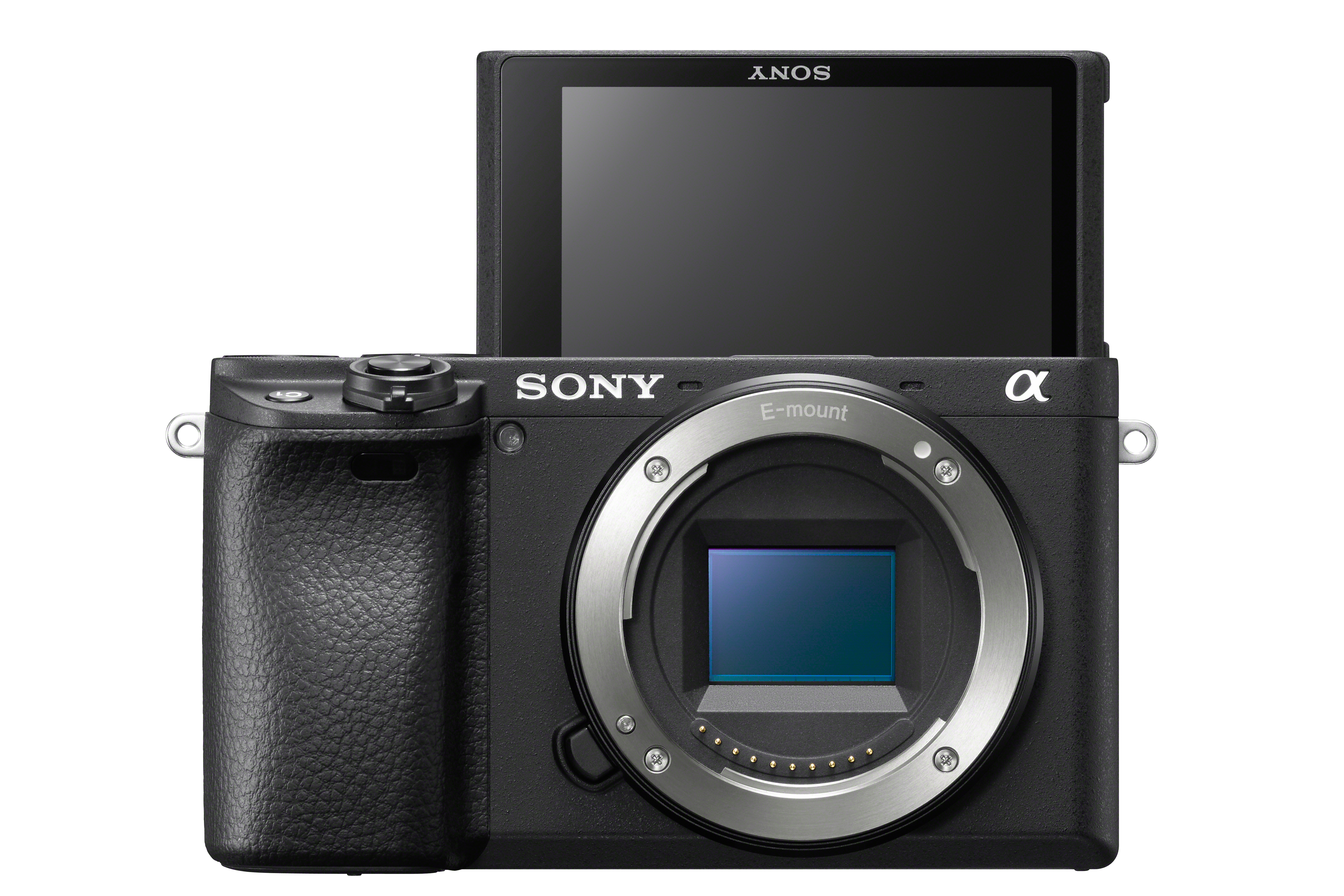Why can’t we have a camera with a detachable screen? (Or is it rocket science?)
We love cameras. Obviously. But we do get fed up about features we haven’t got but should have

We’ve got fixed screens, we’ve got tilting screens. We’ve got vari-angle screens, we’ve got multi-axis swivel screens. Why can’t we have a screen that comes off completely so that we can do what we like with it?
It does sometimes feel like camera makers have been sitting on their hands and turning out the same designs year after year without ever stepping back and thinking about how cameras could be designed just that little bit better, with technology that’s already out there.
So this is an open question from Digital Camera World to every camera maker. Is a detachable display really that difficult?
Just think about it. With a detachable screen there are no pivots to bend, no fiddling around with awkward angles, no more wet knees as you set up a ground level macro shot – and no more having to peer at a tiny flip-forward screen three meters away when you’re vlogging, even assuming you have a camera where the screen CAN flip forward.
We don’t really mind how they do it. They can use a cable if that’s what it takes. More than likely, though, it would need a combination of Bluetooth and Wi-Fi.
So if that’s the case, how is that different to using your phone and a remote app? As we all know, wireless-to-smartphone connections can take a lot of fiddling, can drop out unexpectedly and generally just take time to set up and operate. Essentially, this is because for smartphone connections the camera has to set up a Wi-Fi network and then you have to tell the phone to connect to it. If you have an iPhone, you'll know that iOS is very picky about letting apps swap Wi-Fi networks without permission – and quite right too.
So surely camera makers could get round all this with a bespoke, dedicated device? Why couldn’t the detachable screen have a factory-set automatic wireless connection to the camera all the time? These would be two dedicated bits of hardware which only ever needed to talk to each other. Would they even need to stick to strict Wi-Fi and Bluetooth communications protocols?
The best camera deals, reviews, product advice, and unmissable photography news, direct to your inbox!
And just imagine. You could actually use your smartphone phone for what it was originally designed for.
So, camera makers, what we want to do is put the camera on a tripod, detach the screen, step back out of the shot, grab a selfie or a group shot, shoot a vlog, fetch a cappuccino, whatever – all from a distance with the screen in our hand offering a live view display and remote control.
Is that so difficult?
Read more:
• The best cameras for vlogging
• Best on-camera monitors
• DSLRs vs mirrorless cameras
• The best mirrorless cameras
• Best travel tripods
• Best camera remotes
• Best cameras for beginners

Rod is an independent photography journalist and editor, and a long-standing Digital Camera World contributor, having previously worked as DCW's Group Reviews editor. Before that he has been technique editor on N-Photo, Head of Testing for the photography division and Camera Channel editor on TechRadar, as well as contributing to many other publications. He has been writing about photography technique, photo editing and digital cameras since they first appeared, and before that began his career writing about film photography. He has used and reviewed practically every interchangeable lens camera launched in the past 20 years, from entry-level DSLRs to medium format cameras, together with lenses, tripods, gimbals, light meters, camera bags and more. Rod has his own camera gear blog at fotovolo.com but also writes about photo-editing applications and techniques at lifeafterphotoshop.com



